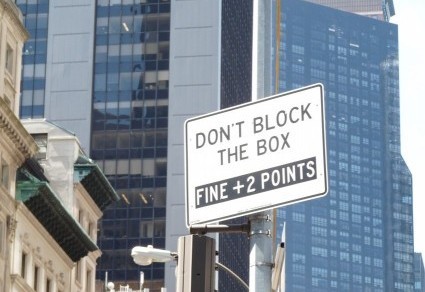When Pandora opened her mythical box and the world’s evils flew out, what remained was hope. In these signs, grammar and spelling and punctuation have taken flight. This post concerns what I hope remains. First, skill with scissors:

I hope the proprietors are good barbers, because the salon is certainly not wasting any energy inserting an apostrophe in kids’ (or kid’s, if only one child is welcome as a “walk-in”). Fortunately, men’s is properly punctuated.
This sign directs my hope to falling (actually, NOT falling) masonry:

What do I hope? That the company maintaining the exterior walls looming over my head in NYC is better at pointing, painting, piping, and venting than it is at spelling. Verticle? Seriously? Moving on to moving:

Here I hope that every client’s move is a great experience. Were I to use this firm (not that I’m going anywhere except on vacation), I would hope for better grammar (our employees our?) and punctuation (safe positive?).
Last but definitely not least:

Where do I start? Spelling: seperate or softner? Subject-verb agreement: work include? Punctuation: double quotation marks for the first line and single for the second? And why any quotation marks at all? I think I’ll have this shop clean my clothes, which I hope will be handled with more care than this sign.

































